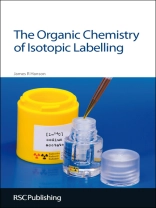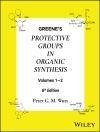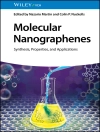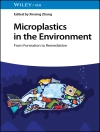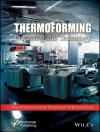The chemical synthesis of isotopically labelled compounds is a pre-requisite for many chemical, biochemical and medicinal investigations. The constraints imposed by the requirements for regiospecific labelling and, in some instances, the time-scale of the synthesis often lead to quite different synthetic strategies to those that are used for the unlabelled material. Whilst there are many specialist papers, reviews and long books devoted to particular isotopes, there is no currently available short introductory book devoted to the organic chemistry of isotopic labelling. The aim of this book is to introduce research workers to a variety of methods that have been used to achieve these synthetic labelling objectives before exploring a particular method in detail. It covers a number of different isotopes and the methods that have been used to introduce them into organic compounds. Labelling methods also provide useful undergraduate teaching examples of modern synthetic reactions and their stereochemical consequences using relatively simple substrates. The book will therefore have a wider appeal than just those involved in using isotopes in research such as environmental and pharmaceutical chemists as well as organic chemists.
İçerik tablosu
The discovery and detection of isotopes in organic chemistry;
Labelling compounds with carbon-13 and carbon-14;
Labelling with deuterium and tritium;
Some examples of the stereochemistry of labelling with hydrogen isotopes;
The synthesis of labelled amino acids;
Labelling compounds with nitrogen-15 and oxygen-18;
Labelling compounds with the radioactive isotopes of phosphorous, sulfur and the halogens;
Labelling for Positron Emission Tomography;
Glossary;
Further Reading;
Index
Yazar hakkında
Professor Hanson is Emeritus Professor of Chemistry at the University of Sussex.
